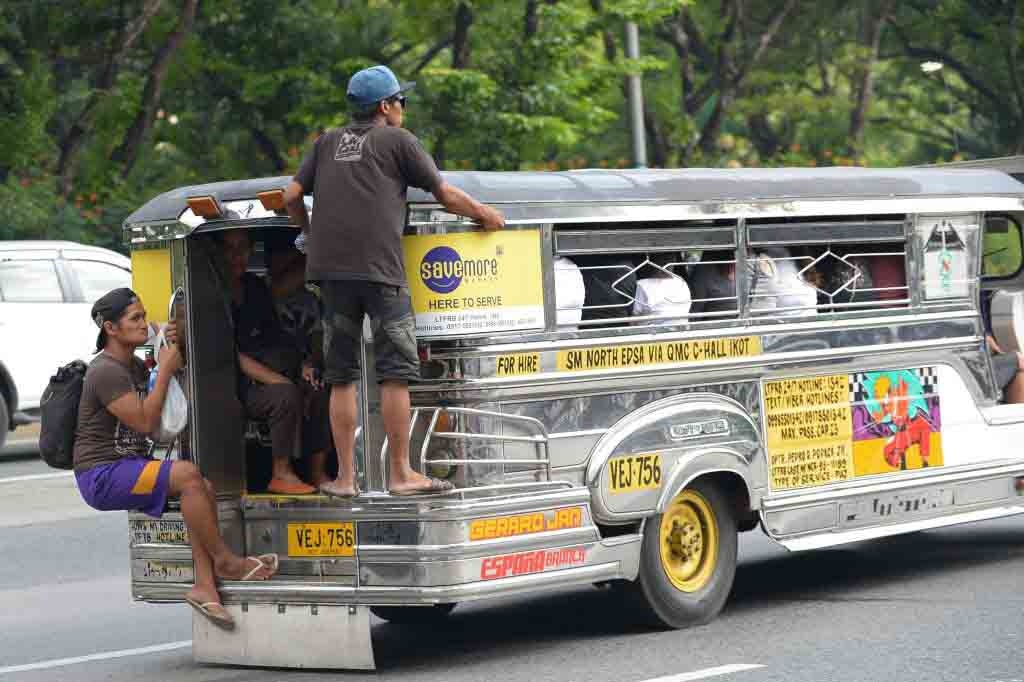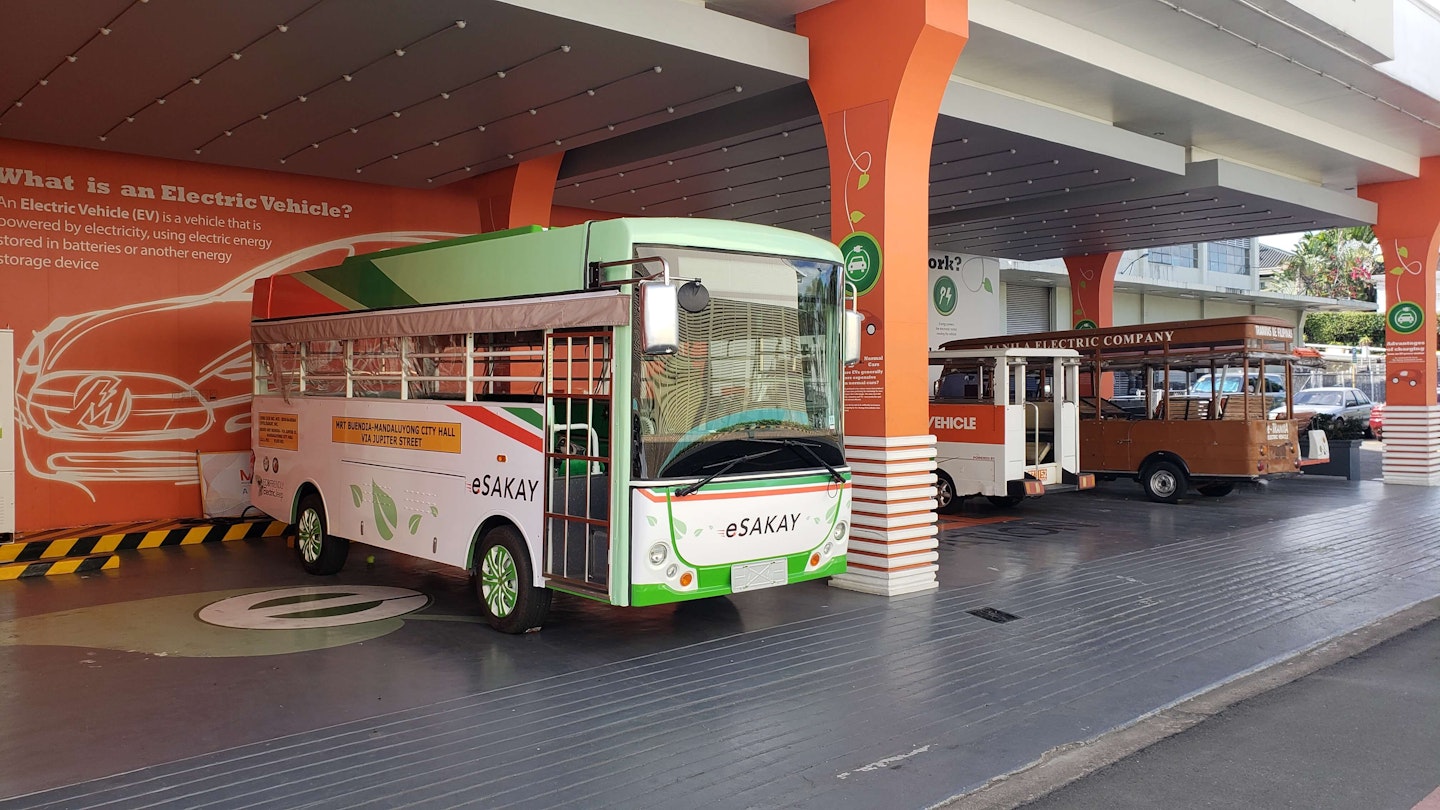The Philippines’ iconic jeepney faces possible extinction as it confronts a rising green tide and a strong-armed president bent on solving Manila’s notorious traffic woes.

Graffiti-splashed jeepneys – ancestors of American WWII-era Willys Jeeps – are a primary form of public transport in the Philippines. Revered as workhorses, they are equally at home careening along rugged mountain roads or muscling their way through snarling Manila congestion. Those who drive jeepneys enjoy elevated status in their communities and a macho reputation. Those who paint them are the preservers of a bona fide national heritage symbol. Tourists love them too – riding rooftop on a jeepney has become a badge of honour for backpackers in the Philippines.
But it’s not all smooth driving for the jeepney. While undeniably fun, they are notorious emitters of air pollution and noise pollution, plus they hardly qualify as safe by modern standards (case in point: rooftop riding). They are overcrowded, uncomfortable and dark, with narrow slats for windows that allow for views of your shoe tops and not much else.

The government’s 2017 Public Utility Vehicle Modernization Program (PUVMP) took square aim at the jeepney, calling for the phasing out of all public utility vehicles 15 years or older in favour of leaner, greener machines. Until recently, the PUVMP seemed to have little effect, but in the last six months, the modernised jeepneys have begun to hit the streets of Metro Manila.
And they clearly represent an existential threat to the gas-guzzling traditional models. These new versions feature swinging side-entry doors (traditional vehicles are rear-entry), speed limiters, CCTV and other safety features. They are much roomier, with roughly triple the (oft-breached) ‘official’ capacity of old jeepneys (around 14). Some even have air-con and Wi-Fi. Indeed they resemble jeepneys in name only – really they are more like sleek minibuses.

To be sure, it would be premature to sound the death knell for the Philippine jeepney. Transport groups representing jeepney drivers fiercely oppose the transition, which will be costly – a new-school jeepney costs about 1.5 million pesos (US$30,000), according to various sources, or roughly double the cost of an old-school version. The government has introduced a buy-back scheme and promised to subsidise transitional costs, but drivers have nonetheless taken to the streets to protest the move. Meanwhile, jeepneys less than 15 years old continue to ply the country’s roads.
Despite that, the writing is on the wall. The country’s tough-talking president, Rodrigo Duterte, has targeted jeepneys in his drive to curb traffic, slamming them for endangering public health while insisting that they must “modernise or get out,” according to news site Rappler. Ultimately, it may be the riders who have the last say: Once commuters get used to the cleanliness and comfort of the new jeepneys, there may be no turning back.
By Greg Bloom








